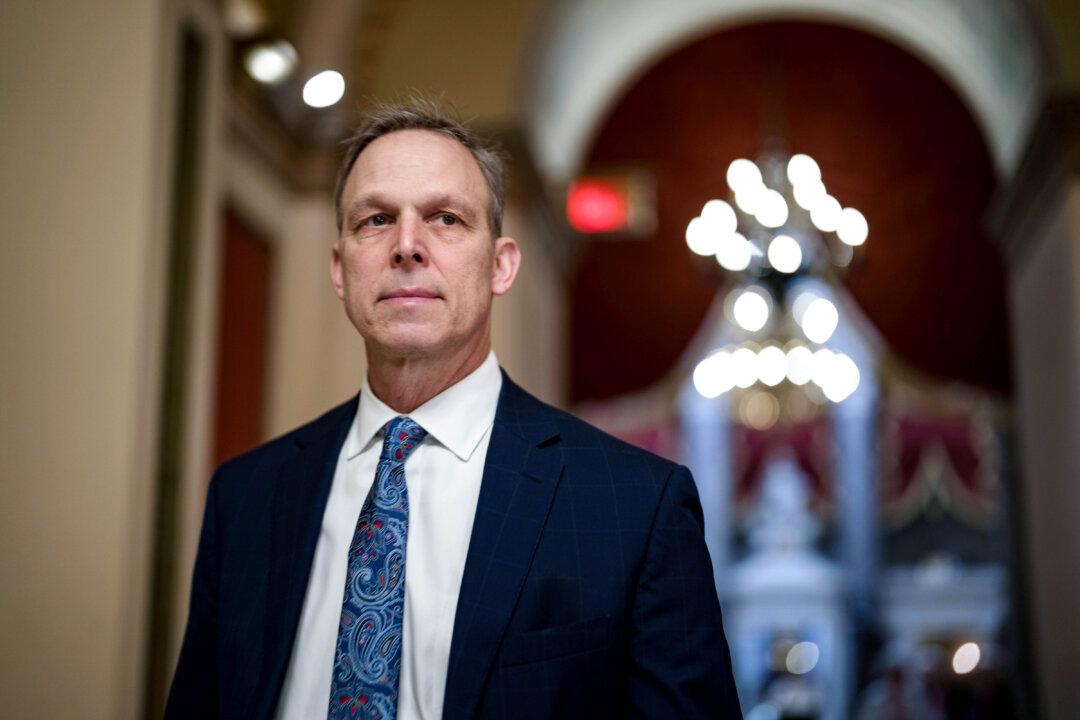All local authorities currently in tier three, with the exception of Bristol, North Somerset, and Yorkshire (except the City of York and North Yorkshire) and The Humber, will be under tier four restrictions.
Cumbria, as well as Bournemouth, Christchurch, and Poole will move into tier four from tier two.
The rest of the local authority areas currently in tier two will move into tier three from Thursday.
According to the Department of Health and Social Care (DHSC), the decision on tiers allocation are primarily based on case detection rates in all age groups, case detection rates in the over-60s, the rate at which cases are rising or falling, positivity rate, and pressure on local health services.
The DHSC said the weekly case rate in England jumped up by 32 percent in the week between Dec. 18 and Dec. 24, and hospital admissions increased by 18 percent in the past week, with 14,915 CCP virus patients admitted during the week.
“Evidence shows the new strain of COVID-19 is increasing in the South West, Midlands, and parts of the North West,” the DHSC said.
“The majority of the cases identified in London, the South East and the East of England are of the new variant.”
The DHSC said the infection rates in these areas have increased faster than expected.





